Diversifying export markets is one of the solutions that the Ministry of Industry and Trade has promoted in recent years.
FTAs are being used to increase exports to new markets.
Import and export is one of the bright spots of the economy in 2024 when it reached 786.29 billion USD, an increase of 15.4% over the previous year, of which exports increased by 14.3%; imports increased by 16.7%. The trade balance of goods had a surplus of 24.77 billion USD.
Mr. Luong Hoang Thai - Director of Multilateral Trade Policy Department - Ministry of Industry and Trade Vietnam is considered one of the bright spots in the world in taking advantage of opportunities to participate in newly formed supply chains, thereby creating new growth momentum for the economy. In addition, businesses also make relatively good use of Free Trade Agreements (FTAs) to increase trade turnover.
In particular, the use of Certificates of Origin (C/O) is one of the measures of effective use of FTAs. According to the Import-Export Department - Ministry of Industry and Trade, the number of preferential C/Os granted in the period from 2020 to present has increased by an average of about 20% per year, and in 2024 it is expected to increase by 18% compared to 2023.
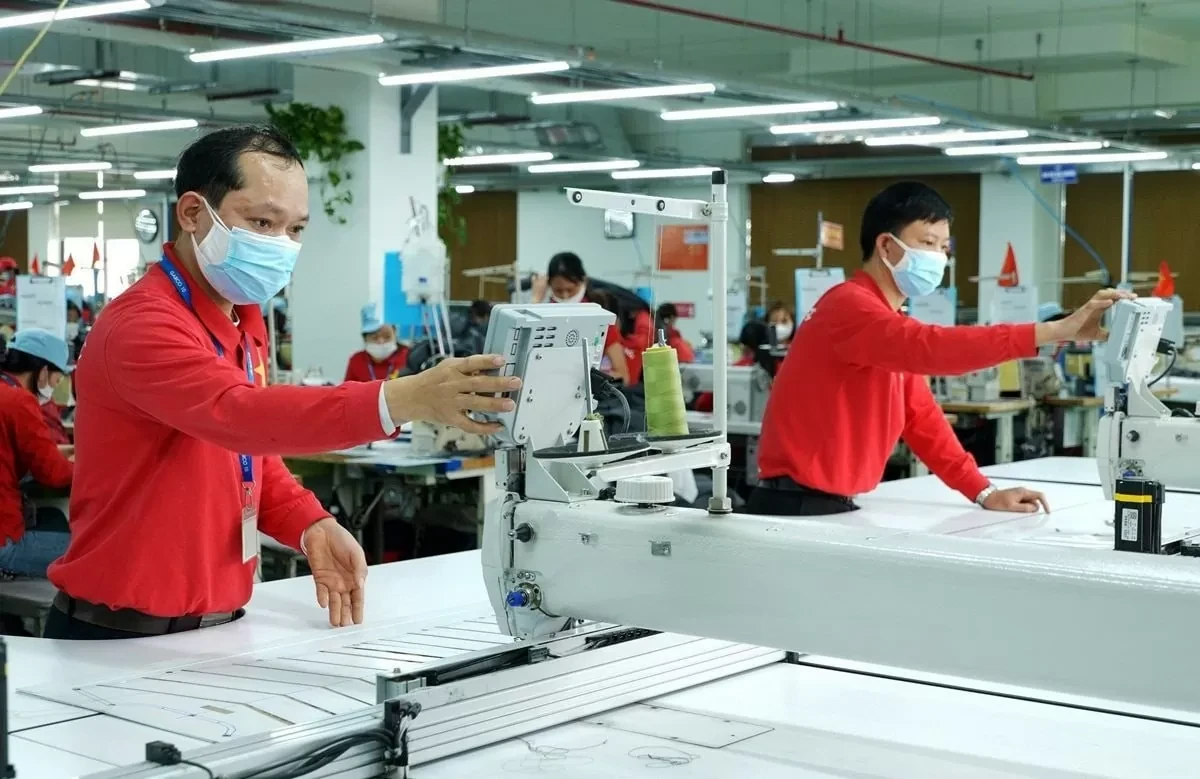
Regarding export industries, Mr. Vu Duc Giang - Chairman of the Vietnam Textile and Apparel Association shared that in recent times, the implementation of FTAs has been bringing opportunities to open up exports of Vietnamese goods to new markets. For example, the Comprehensive and Progressive Agreement for Trans-Pacific Partnership (CPTPP) has created great opportunities for Vietnamese textiles and garments to access new markets such as Canada, Australia, New Zealand and also helped businesses adapt to the purchasing methods of importers in the bloc, creating very clear growth when exporting to intra-bloc countries, especially the Americas. In particular, textile and garment exports to Mexico have increased by more than 30% over the same period in 2023.
Ms. Phan Thi Thanh Xuan - Vice President and General Secretary of the Vietnam Leather, Footwear and Handbag Association analyzed that CPTPP has brought large export turnover for businesses to new markets. If previously, the export turnover of goods to countries in the CPTPP bloc accounted for less than 10% of the total export turnover of the industry, now it accounts for more than 14%.
Or the RCEP Agreement has helped businesses take advantage of more favorable rules of origin requirements than other FTAs. This has helped export growth between Vietnam and Australia always remain high. The products that Vietnam exports to Australia with the largest proportion are phones and components, machinery, electronic components, computers, crude oil, textiles, footwear, seafood, etc. In the opposite direction, Vietnam mainly imports from Australia coal products, iron ore, cotton, wheat, metals, vegetables, etc.
Continue to open new markets
To increase the import and export turnover of goods, in 2024 and the following years, the Ministry of Industry and Trade has focused on two directions, which are finding new supply chains for development, creating new room for future growth and this has had its first achievements, that is, Vietnam has put the FTA between Vietnam - Israel into effect as well as signed the FTA Vietnam - UAE. These are free trade agreements in the region where Vietnam has not had free trade relations before.
“Clearly, in terms of potential, markets in the Middle East, South America, and even many African countries still have a lot of room for us to develop in the future. This is the reason why ministries, especially the Ministry of Industry and Trade, are making efforts to negotiate and sign new FTAs.” - Mr. Luong Hoang Thai shared.
Accordingly, for the UAE, this is the center of the region and has a huge potential for capital, logistics services and transit ports, not only in the Middle East, North Africa, even connecting with India and many other places, so this is a "gateway" that we are determined to open up connections with to take advantage of the connection potential between the two economies.
As for the FTA with Israel, it can be seen that science and technology is one of the very important driving forces to create high-level, long-term economic growth and Israel is considered one of the successful models in terms of start-ups and innovation, where there are many sources of technology and skills from which Vietnam can learn. Therefore, although this is a relatively small export market, it is still a very good market if it can be linked with this economy.
The report of the Ministry of Industry and Trade shows that our exports are still dependent on a number of large markets, mainly Northeast Asian countries, the United States, ASEAN, and the EU (export turnover to these four market regions accounts for nearly 80% of the country's total export turnover).
In general, for the remaining 20% of exports, the market is relatively fragmented, and it will be very difficult for small-scale enterprises to find these markets on their own. Therefore, the general policy of the Government and the Ministry of Industry and Trade is determined to implement that the State will open up the initial market, create connections, thereby creating more favorable conditions and reducing costs for import-export enterprises. Currently, the Ministry of Industry and Trade is researching to initiate negotiations on many other FTAs with the Middle East, Africa, and Latin America - regions with a lot of potential and room for development in the coming time. In particular, Vietnam has made connections and made proposals to be able to research and build a trade agreement with the Mercosur bloc (including Brazil, Argentina, Uruguay, and Paraguay). When connecting with these partners through FTAs, Vietnam's export turnover in the coming time is expected to continue to improve.
Source




![[Photo] General Secretary To Lam and National Assembly Chairman Tran Thanh Man attend the 80th Anniversary of the Traditional Day of the Vietnamese Inspection Sector](https://vphoto.vietnam.vn/thumb/1200x675/vietnam/resource/IMAGE/2025/11/17/1763356362984_a2-bnd-7940-3561-jpg.webp)


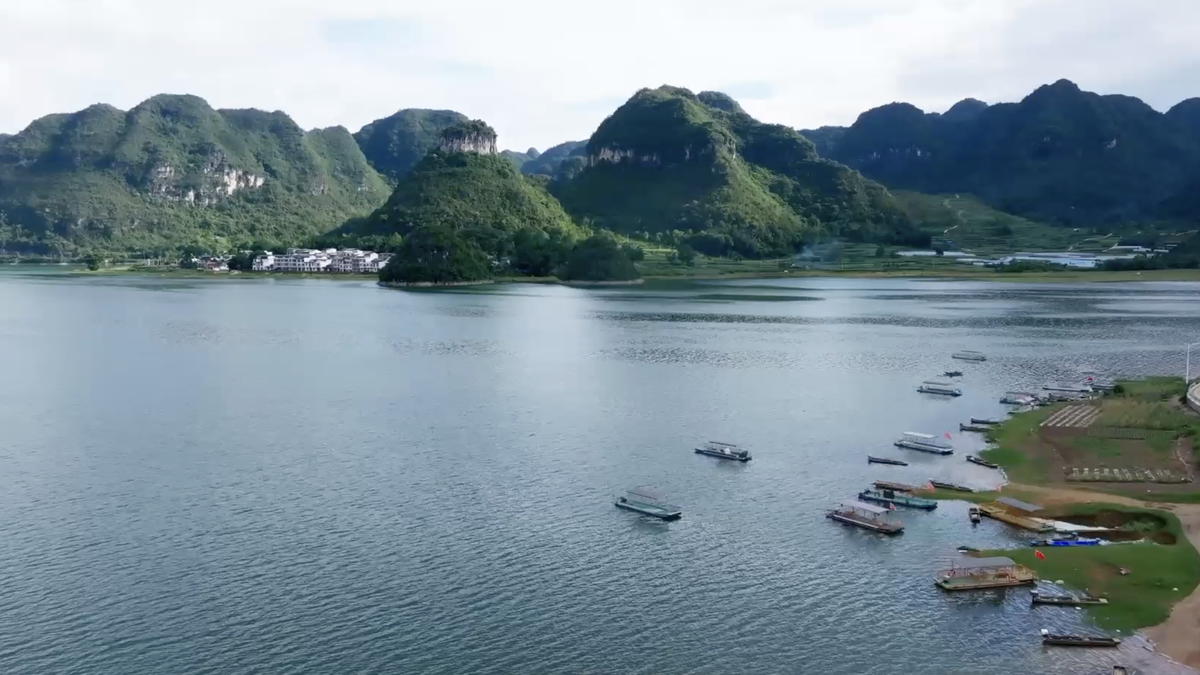
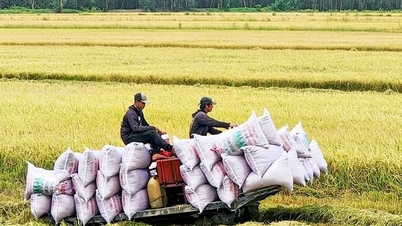




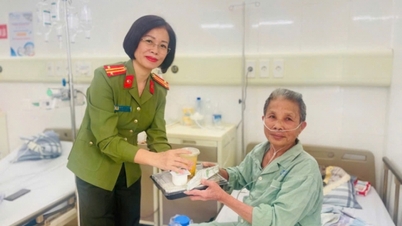




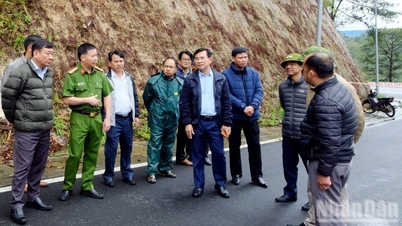








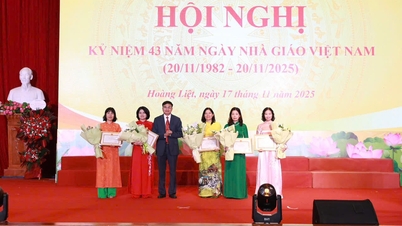
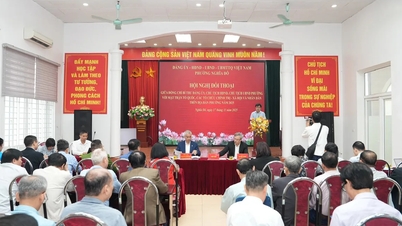
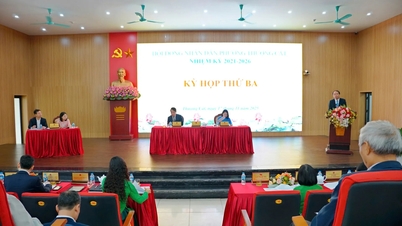

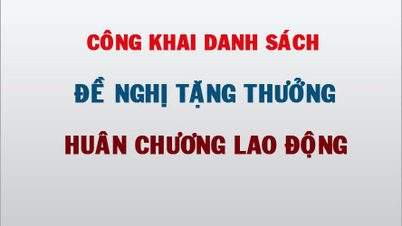


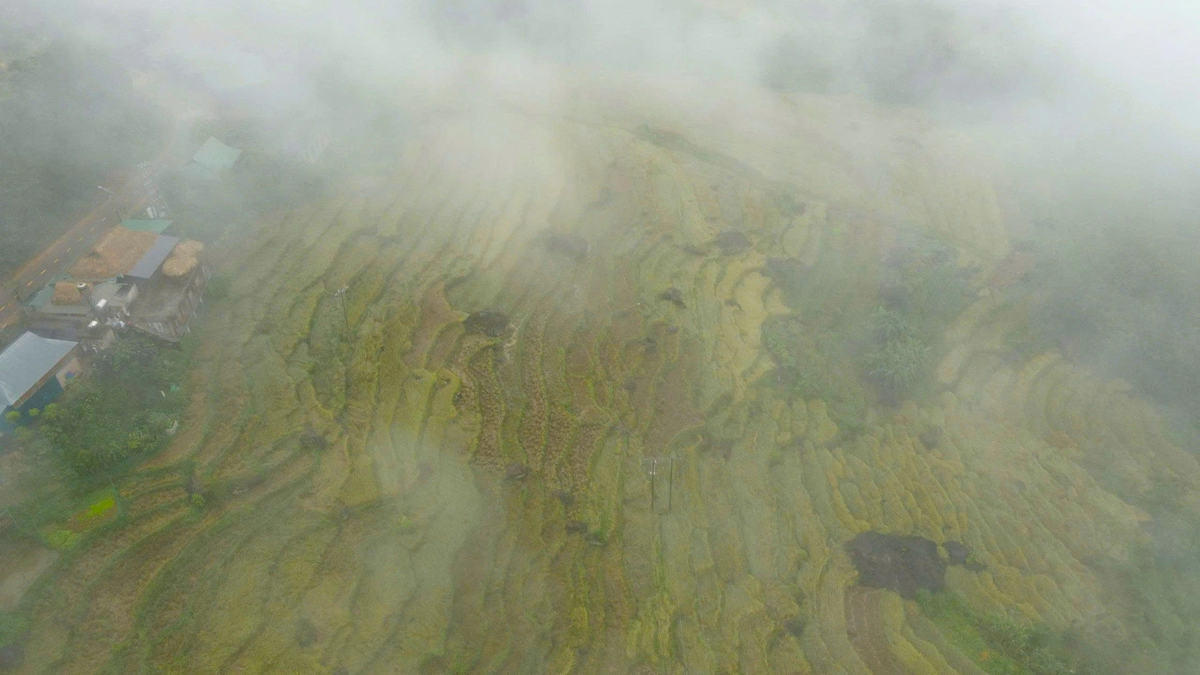










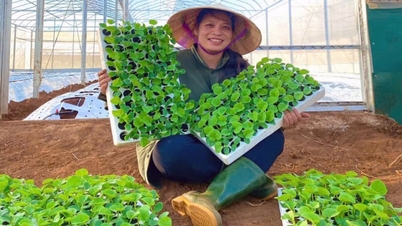

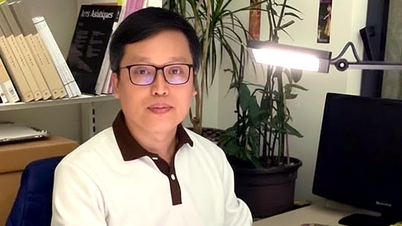



















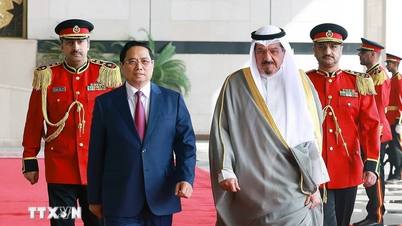
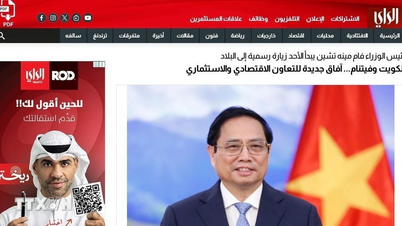








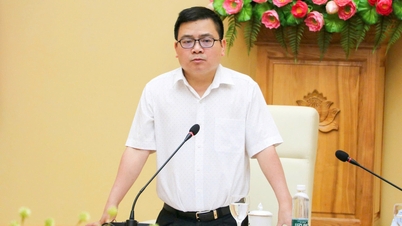



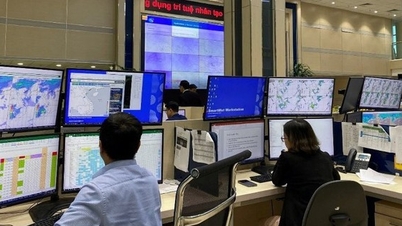












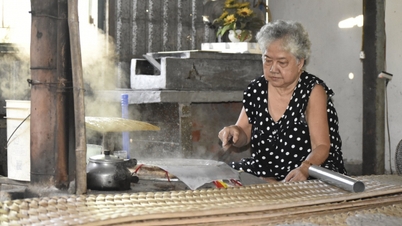

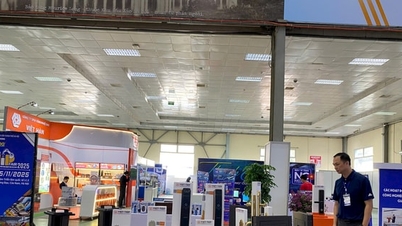


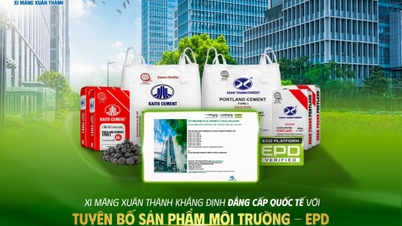
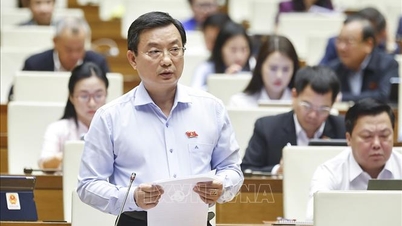






Comment (0)